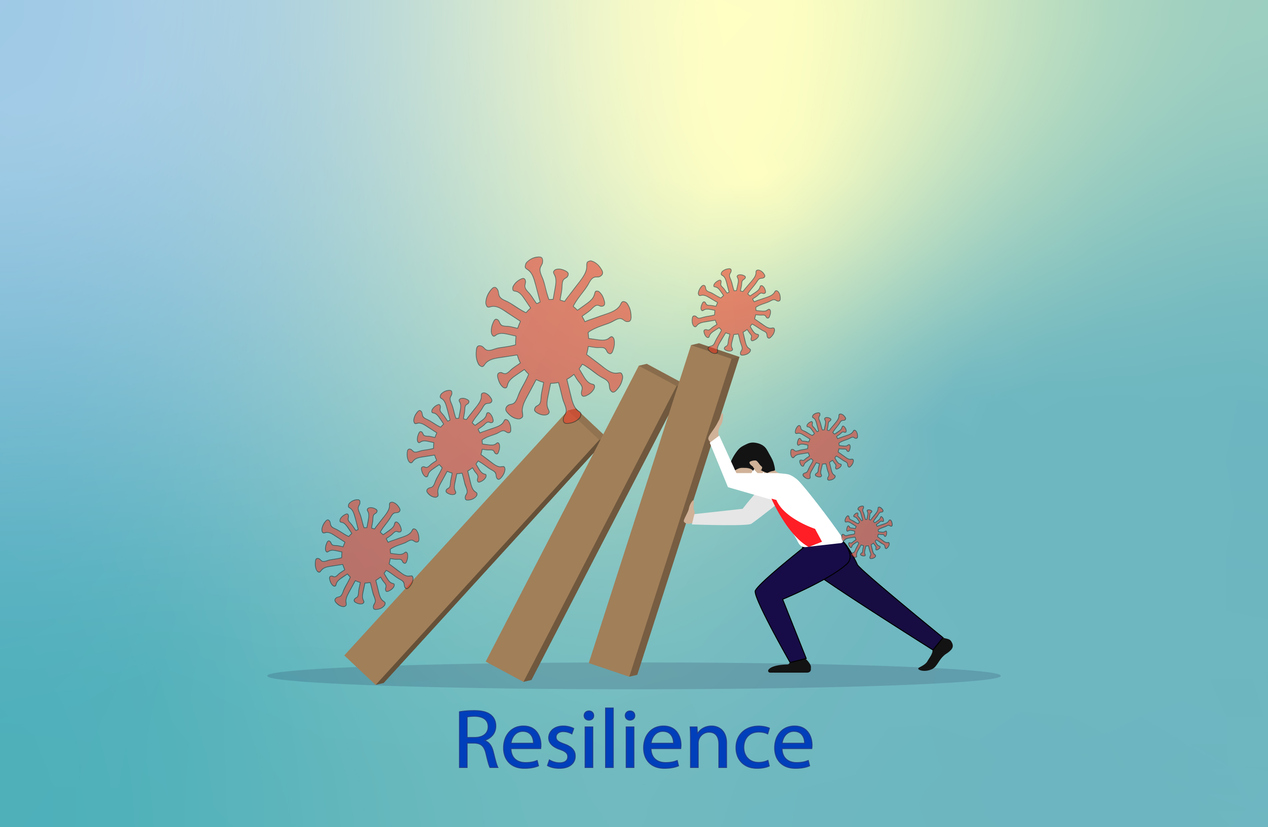What is Risk Resilience and What Does It Entail?

Not many people have heard of risk resilience when discussing insurance or insurance policies with their agent. One of the term’s highlights is the inclusion of the word ‘resilience.’ Being resilient is an admirable quality. According to research, it’s a trait that only 57% of people in the U.S. possess. It is also a trait that can help you overcome obstacles, seek out resources, and develop strength despite hardship. Unsurprisingly, this trait is just as important to communities as individuals, but it can be harder to grow in a large-scale context.
Risk Resilience
The best approach to doing so is adopting a risk resilience framework. What is risk resilience, and how can it benefit churches after a crisis? Find out the four steps to risk resilience and why they matter.
Address the Root Cause of a Crisis
The first step to improving the risk resilience of a community is addressing the root cause of a crisis. In instances where a crisis stems from a natural disaster, it’s essential to look at the event’s context and assess options for prevention and preparation in the future. It may be more challenging in the immediate aftermath of an event dictated by violence. However, it may be more feasible to try and prevent it in the future. Controlling community-based crises is easier than naturally occurring emergencies like weather events.
Absorb the Impact of Realized Liability
Communities must also work to absorb the impact of a liability when it comes to fruition. It involves applying precise risk management, such as containing the liability, preventing another liability event, and addressing the impact following an event. Suppose a liability involving physical injury emerges in your church. For example, absorption may include managing the problem or coordinating care for any individuals who get hurt. Then, a better step would be to prevent the liability from emerging again.
Respond With Positive Transformation
An essential aspect of risk resilience is the ability to respond to incidents with positive transformation. For organized structures like churches, this is particularly important. A liability can reflect poorly on your ministry and snowball into more significant problems. If you take liability as an opportunity to learn and adopt better policies, it can become a point of positive transformation.
Plan for Potential Recurrence of Liability
Sometimes, it’s inevitable that liability will reemerge, no matter how careful you are or how much you pour into prevention. In these instances, it’s essential to plan for any potential repeat of an incident and develop a strategy for containing its impact. Some examples of inevitable liabilities include possible injuries during youth activities. No matter what kind of liability your church is facing, it’s crucial that you prevent any harm to your congregation — this is the essential principle of risk resilience.
About Porter & Curtis
Porter & Curtis is the premier insurance agency providing integrated risk management to religious organizations. If you’re seeking a policy for a unique exposure, we can help. Call us at 610-891-9850 or contact us via message for more information.
